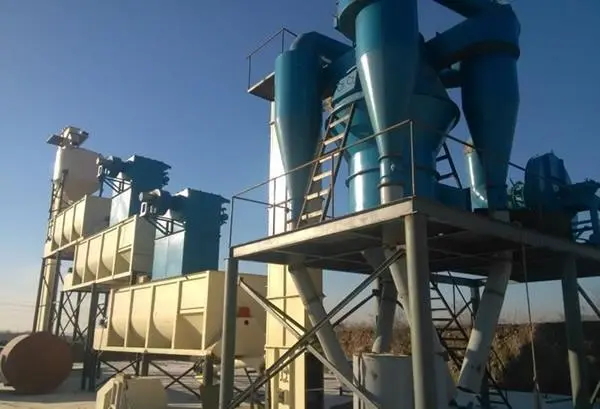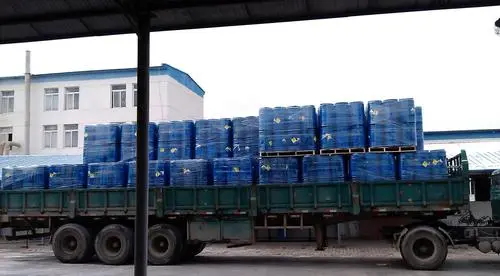SDIC and TCCA are two common water treatment products that date back to the last century.
SDIC (Sodium Trichloroisocyanurate) is a chemical widely used in water treatment, disinfection and antiseptic. It was first invented in the 1950s, and because it can quickly kill bacteria, viruses and other harmful microorganisms, it was soon widely used in various water treatment fields. SDIC is capable of releasing active chlorine in water, killing various microorganisms, and also removes odor, color and turbidity in water. With the development of industry, agriculture and urbanization, the demand for SDIC has gradually increased, and it has become one of the main products in the field of water treatment at present.
TCCA (Trichloroisocyanuric Acid) is also a widely used chemical in water treatment, disinfection and antiseptic. TCCA was first invented in the 1960s. Its structure is similar to SDIC, but its chlorine content is higher, so it has stronger disinfection ability. TCCA also has good stability and solubility, and can be used under different water quality conditions. With the development and improvement of TCCA, its application range has gradually expanded, including swimming pools, drinking water, sewage treatment and industrial water and other fields.
In general, SDIC and TCCA are two important products in the field of water treatment, and their development history is closely related to human needs and protection of water resources. With the advancement of science and technology and the increase of demand, their application range and effect are also constantly improving, providing human beings with a healthier and safer water environment.




